Account Login
- Home
- Mobiles
-
- News
-
All news
Latest news

Nov 08, 2025 /
realme UI 7.0 Official with Android 16 and Smarter AI
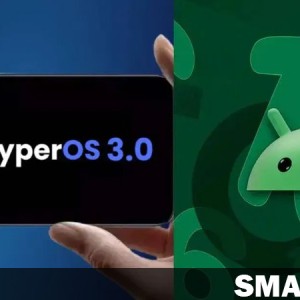
Nov 08, 2025 /
12 Xiaomi Phones Testing HyperOS 3 on Android 15

Oct 23, 2025 /
Nubia Z80 Ultra Launches with Snapdragon 8 Elite Gen 5 Power

Oct 22, 2025 /
HarmonyOS 6 Public Beta: Full Device List and New Features

Oct 20, 2025 /
Honor Robot Phone with Fold-Out Camera Teased for 2026
-
- Reviews
-
All reviews
Latest reviews
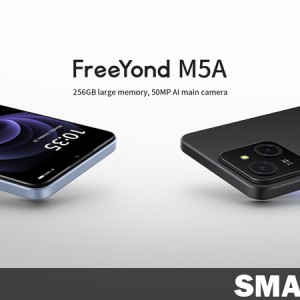
Jun 14, 2024 /
FreeYond M5A : A New Name in Budget Mobile
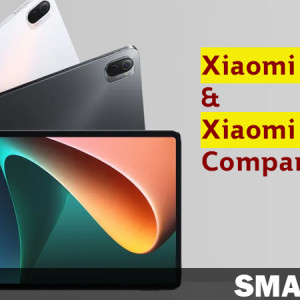
Apr 23, 2023 /
Xiaomi Pad 6 vs Xiaomi Pad 6 Pro Comparison
-
- Other
- Contact Us
Top 10 Smartphones
| Device | Total hits | ||
|---|---|---|---|
| 1 |
| 29715 | 2 |
| 25495 | 3 |
| 23692 | 4 |
| 23358 | 5 |
| 21803 | 6 |
| 21734 | 7 |
| 20766 | 8 |
| 20736 | 9 |
| 20113 | 10 |
| 19976 |
Best Ratings
Latest News
Latest Reviews
Xiaomi HyperOS 3.1 May Bring Fully Customizable Quick Settings
Oct 10, 2025 Chathura Prabhaswara Gamage News 1019 hits
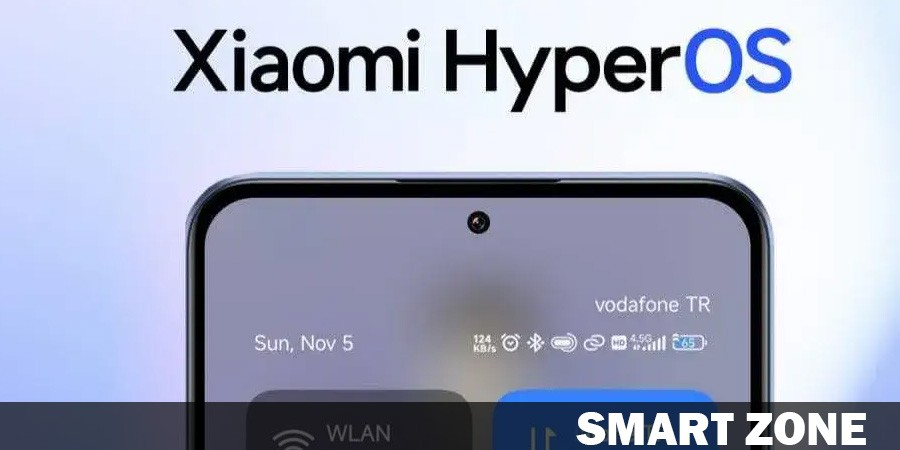
Xiaomi HyperOS 3.1 May Bring Fully Customizable Quick Settings for a Smarter Experience
Xiaomi HyperOS 3.1 could take personalization to the next level by allowing users full control over their quick settings panel. As smartphones become increasingly personal, operating systems are evolving to match user expectations — and Xiaomi’s next update may focus heavily on flexibility, accessibility, and design freedom.
Why Xiaomi Is Focusing on Quick Settings Customization
Currently, HyperOS users can rearrange certain toggles, but core options like Wi-Fi or mobile data remain fixed in both size and position. With Android 16 and iOS 26 introducing tile resizing and reordering, Xiaomi’s interface now feels due for a major upgrade.
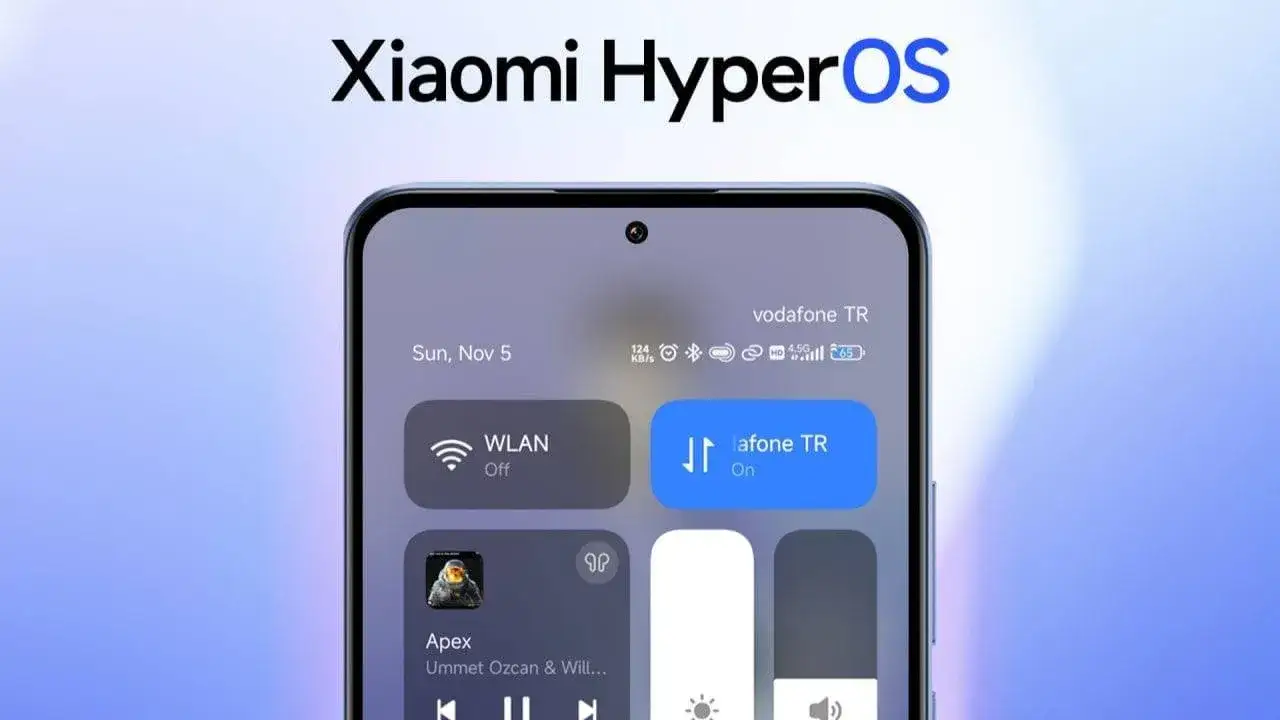
HyperOS 3.1 is rumored to address this gap by supporting fully editable quick settings icons — allowing users to customize tile size, layout, and location to better suit their needs. This level of personalization could make the interface more efficient and user-friendly for everyone.
Why Full Control Over Quick Settings Matters
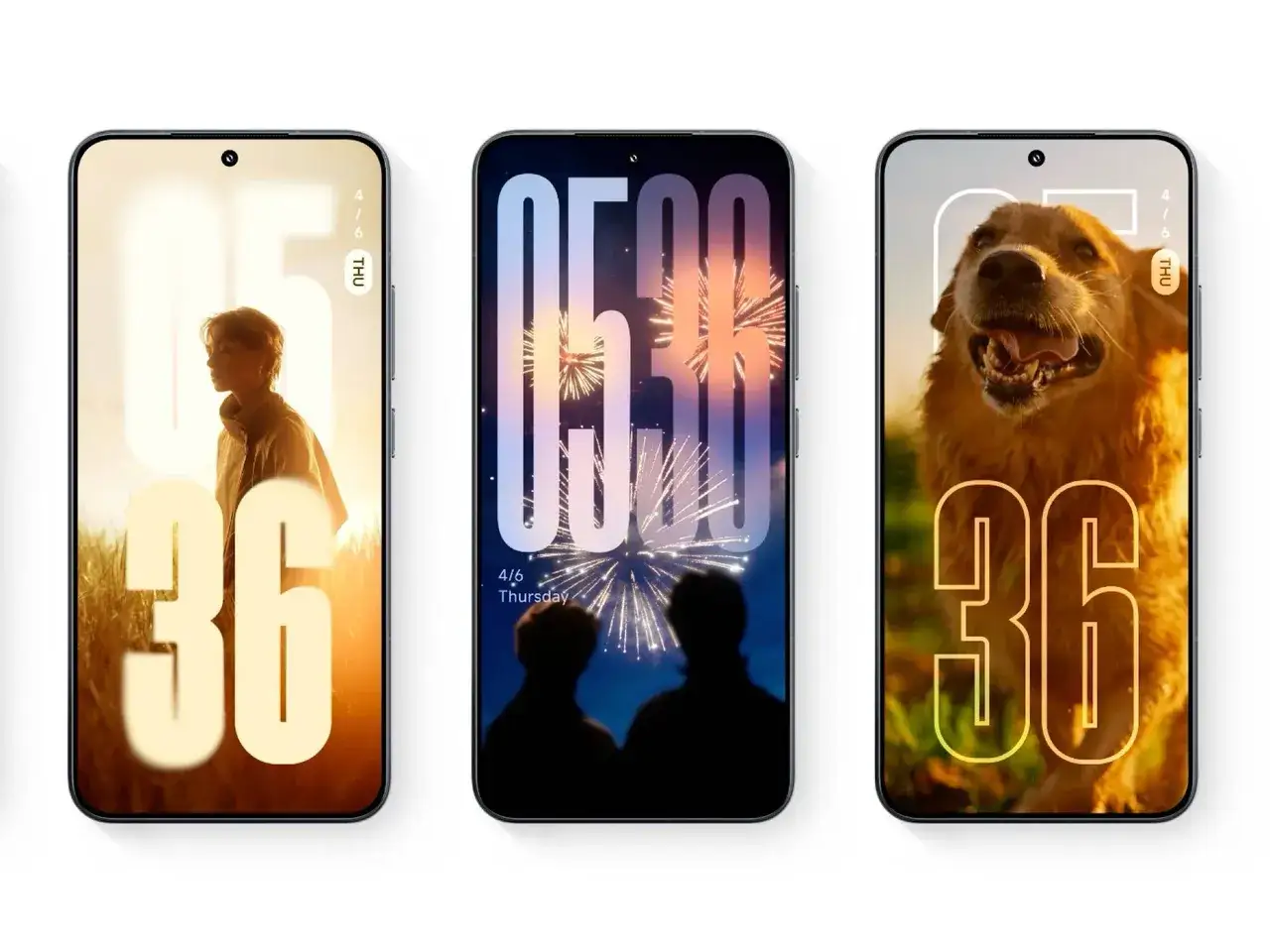
Modern smartphone users want operating systems that adapt to their lifestyle — not the other way around. The ability to resize, move, or customize quick setting tiles can significantly improve accessibility and usability. Here’s how:
- Visually impaired users can enlarge key switches for easier visibility.
- Power users can compress tiles to display multiple toggles in one view.
- Every user gains the freedom to move even system toggles like Wi-Fi or mobile data.
Though these seem like small upgrades, they create a more personalized and empowering experience — a key goal for Xiaomi’s evolving HyperOS platform.
Expected Customization Features in HyperOS 3.1
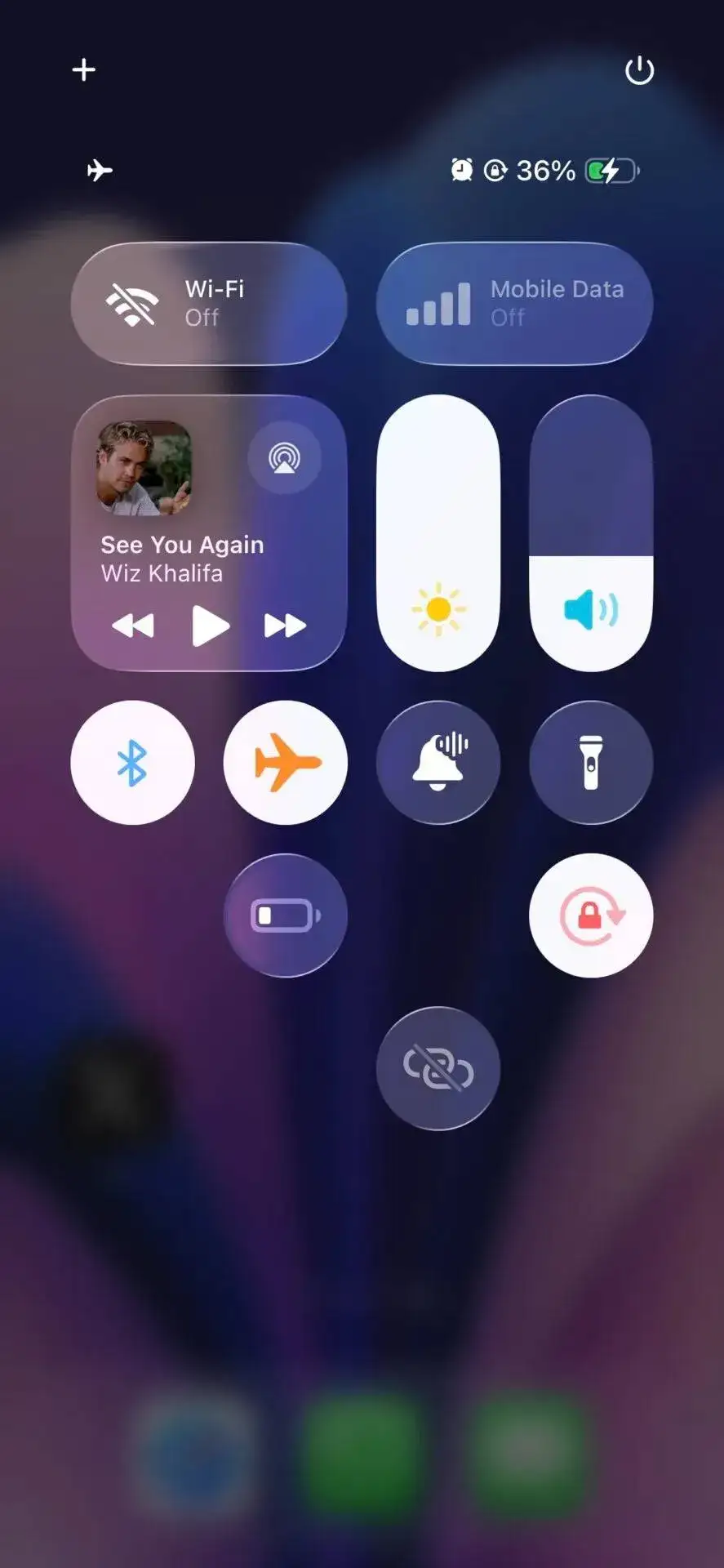
Based on community feedback and reports, Xiaomi engineers could be developing a range of new customization tools for HyperOS 3.1:
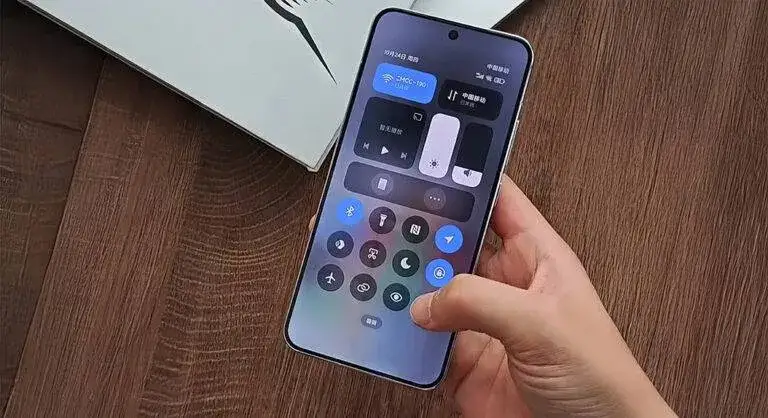
- Tile resizing: Expand or shrink toggles (1×1, 2×2, or 2×1) for a better visual balance.
- Full layout freedom: Move any tile, including system toggles, anywhere on the grid.
- Layout synchronization: Save and sync personalized layouts across Xiaomi devices through HyperConnect.
- Multiple profiles: Switch between layouts (home, work, or night mode) instantly.
- Improved editing mode: Enjoy drag-and-drop customization with live previews.
Implementing these features may require refined UI/UX work, backward compatibility checks, and user testing. Still, the result would be a more accessible, flexible interface that aligns with global OS trends.
Community and Android Trends Point to Change
Leaked reports and developer insights suggest that HyperOS 3.1 may adopt customization features similar to Android 16 QPR1’s redesigned quick settings. HyperOS 2 already introduced fresh interactive styles and a “Control Center Style” toggle — showing Xiaomi’s openness to more dynamic interfaces.
Many Xiaomi users have also voiced frustration over fixed toggles and the rigid behavior of the control center. The next update could finally resolve these long-standing issues with full layout flexibility and smarter controls.
The Next Step for Xiaomi’s HyperOS 3.1
In short, the next HyperOS 3.1 update should empower users with complete control over how their quick settings look and function. Customization will not only enhance accessibility but also make the interface feel more personal and intuitive — aligning with Xiaomi’s goal of deeper user-centered innovation.
Key Highlights of HyperOS 3.1:
- Full resizing and repositioning of quick setting tiles.
- New personalization features inspired by iOS 26 and Android 16.
- Improved accessibility and layout synchronization options.
- Community-driven UI redesign for more flexible control.
















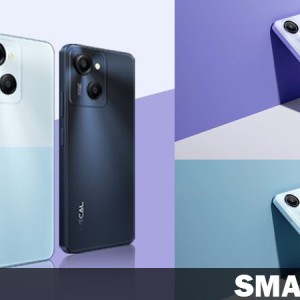
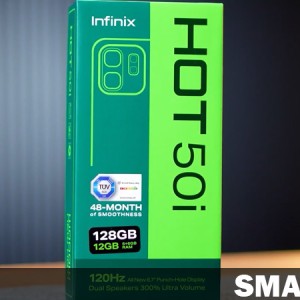
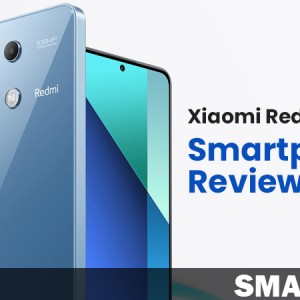



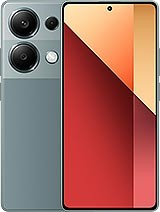





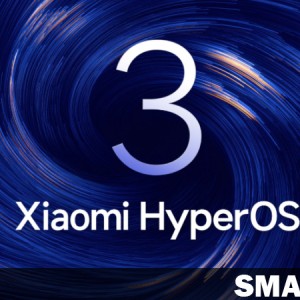
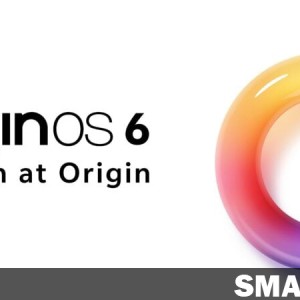
Leave a comment: